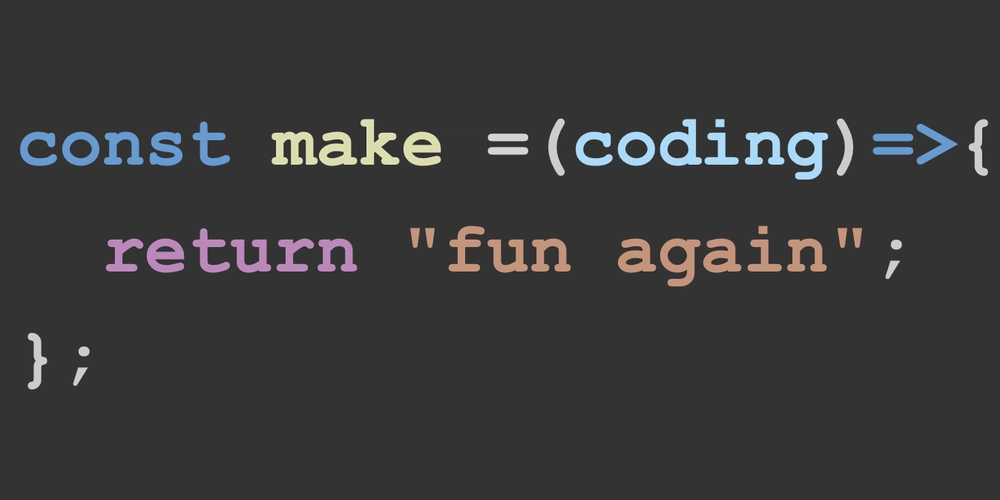
7 Unexpected Computer Input Devices That Could Save Your Fingers
Experiencing RSI symptoms? Tired of the same old keyboard and mouse routine? You're not alone! This article explores alternative computer input devices, offering relief for RSI, new accessibility options, and fresh perspectives on inclusive design. If you're a keyboard geek, accessibility advocate, or software developer, prepare to discover surprising ways to interact with your computer.
Why You Need to Rethink How You Interact With Your Computer
Constant typing and clicking can lead to repetitive strain injuries (RSI). While taking breaks is helpful, completely stopping computer use isn't realistic for most of us. So, what are the alternatives? Let's dive into some unconventional input methods I explored over four months to reduce finger stress.
Ditch the Standard Keyboard: Two-Finger Typing and Its Pitfalls
My initial approach involved limiting myself to two-finger typing, maximizing touchpad use, and minimizing overall typing. This meant shorter calendar events, less verbose code, and streamlining digital communications.
- The Good: Reduced strain on specific fingers.
- The Bad: Severely impacted productivity and overstressed my thumbs.
Developer Takeaway: Consider code conciseness when designing libraries and setting team standards. Fewer keystrokes can significantly benefit your colleagues' well-being.
Vertical Mouse: An Ergonomic Experiment
Hoping to alleviate wrist strain, I tried the Logitech Lift vertical mouse. It took a week to adjust, but ultimately, it primarily benefited my wrist, not my fingers, as typing was still required.
Developer Takeaway: Gestural interfaces (like Figma) should offer alternatives for mouse and keyboard users, as vertical scrolling and panning becomes harder compared to a touchpad.
Trackball: A Niche Gadget with Surprising Benefits
The Kensington SlimBlade Pro Wireless Trackball promised a more ergonomic experience. While it looked cool, like something from "2001: A Space Odyssey", it came with trade-offs.
Benefits:
- Reduced wrist movement.
- Finger stress distribution.
- Ambidextrous design.
- Space-saving footprint.
Downsides: Loud buttons, Bluetooth connectivity Limitations and the overall feel and performance of this device, feels a decade behind.
Despite these issues, the trackball had ergonomic advantages, but didn't fully eliminate finger pain, prompting further exploration.
Gamepad Control: Turning Your Controller Into a Productivity Tool
Gamepads aren't just for gaming anymore! Tools like Gamepad Mapper and Controlly allow you to map gamepad buttons to keyboard and mouse actions. Controlly even lets you create gestures using the DualSense touchpad.
The Drawbacks: Relies heavily on thumbs, limited precision and speed of On-screen keyboard typing via keypad with a gaming controller.
Developer Takeaway: Increase click target sizes, provide undo options, and minimize timer-based UI.
Foot Pedals: Computing with Your Toes - Odd But Effective
Driven by the desire to give my hands a complete break, I experimented with using a gamepad with my feet. Yes, you read that right! Typing with my feet was challenging but surprisingly possible.
Challenges: Limited toe movement range and foot fatigue, especially the "extensor retinaculum" muscle.
Developer Takeaway: Ensure UI works well at higher zoom levels and reduce the need for double clicks and dragging.
Voice Typing and Voice Control: Speaking Your Way to Productivity
As an introvert, voice control wasn't my first choice, but RSI pushed me to explore it. Accuracy and privacy concerns were initial hurdles.
macOS Dictation: Great for conversational English, but struggles with technical terms and buggy behavior.
Tylon: Powerful and customizable, but a steep learning curve, accent recognition issues and is not open source made it a no-go.
macOS Voice Control: Easier to learn than Tylon, but still buggy. Misinterpreted commands can be catastrophic.
VS Code Speech: Promising but immature. The AI-powered code generation shows potential but isn't practical for complex tasks.
Serenade: The Holy Grail of Voice-Controlled Coding (Almost)
Serenade offered the best of all worlds: customization, user-friendliness, and AI-powered features. However, it is a defunct startup that is no longer maintainted.
Pros:
- High-level editing commands.
- AI-powered syntax insertion.
- Automatic case handling.
- Works everywhere via keyboard presses.























